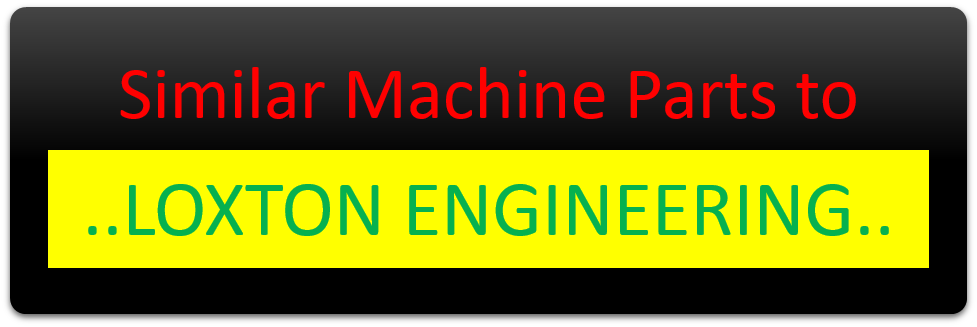FAQ (Frequently Asked Questions)
If you cannot find the answer to your question here, please contact us
Q.1. What type of application has this machine?
A. The machine has a multitude of uses –
a. Mowing and windrowing to a single windrow in one action; cereal, clover, lucerne, ryegrass, peas, etc. (3.9m, 4,5m and 5.4m models only). The removable 5.4m (18’-0”) and 4.6m (15’-0”) extensions are generally for windrowing in light to medium standing material.
b. Pasture topping to promote extra growth and remove barley grass, seeds, etc.
c. Weed control before seeding to assist in containing the weed spread problem or as part of a pasture improvement program.
d. Slashing of trash before cultivation, etc., minimizing the clogging of tyned implements. Also for cutting fire breaks.
e. Mulching of stubbles – when fitted with special blades, will assist cutting stubble into manageable lengths and spreading reasonably evenly behind machine.
Q.2. What speed can the machine be operated at, and what acreage can be covered a day?
A. Speed is governed by the tractor horsepower and PTO capabilities and the ground and crop conditions. Most farmers mulch/slash at 11-13 km/hr. The speed recommended for windrowing is generally 6-8 km/hr. Tractor power or PTO capabilities as well as ground or crop conditions may lower speed capability below 6 km/h. Dense, heavy wet or down hay material including sub-clover can be difficult, even beyond the capacity of most slasher-type haymaking machines. The Loxton Slasher is no exception. 50 hectares a day with a 5.4m (18′) cut machine is a conservative estimate for topping or slashing. 20 hectares a day is normal to expect for good windrowing in unimpeded cutting conditions.
Q.3. Can the resulting windrow be picked up by a baling machine?
A. In average crops the windrow is about 1 metre wide and lightly packed, being positioned by air action and not a rake. Farmer feedback indicates that it is generally suitable for pickup by a baler.
Q.4. Does the machine mash up the hay material?
A. Generally no. When the machine is set up correctly for windrowing, the cut material is very similar in appearance to that from a mower. It is left in a single long stalk, even in cereal 1 or 1.2 metre high. A similar result is achieved in lucerne and clover. Very high standing material may tend to be double cut.
Q.5. In cereal, does it knock out the heads of grain?
A. If the cereal is cut at the right time (slightly green for good hay), there is little loss of grain. If it is left a little late, then there may be some loss.
Q.6. Will the machine tend to drag back in heavy cutting?
A. The machine will pull square in very heavy cutting unless the PTO rpm are allowed to drop below 540 rpm or ground speed is too high. Even then, the tractor will tend to stall before the machine will slew. One condition that we are aware of that will cause the machine to slew is very soft sandy ground. This is common to all offset implements. The machine is fitted with 7.00 x 16″ tyres (retreads) as standard which will assist in minimizing this problem.
Q.7. Does the tractor run over the previous windrow on the second round?
A. In average crops, no. However, in thicker crops the windrow may be wide enough for the tractor to run over the edge(s). Depending on the width of cut of the machine, the tractor straddles the previous windrow or runs between the windrow and the crop on the second and back cuts.
Q.8. What are the main wearing parts?
A. Blades have proved to be the main wearing parts. However, they do have a good life expectancy. Blades are made from special material, hardened and heat-treated to a standard which results in a blade that is hard but not brittle.
Q.9. Are belts efficient?
A. Owner feedback indicates the belt drive is efficient, silent in operation. Crops cut and machine maintenance and storage may impact on efficiency and life.
Q.10. How is belt tension adjusted?
A. Adjustment is done with a threaded bolt and is quickly and easily achieved, with approximately 100mm overlap of cut of adjacent rotors.
Q.11. Why not use fixed rotors with idler pulley on the back of the vee belt for adjustment?
A. In this type of drive, and idler on the back of the vee belt is not recommended by belt manufacturers as this may result in breakage of the base section of the belt.
Q.12. What is the advantage of the tilt adjustment on the level lift mechanism?
A. While the machine is level lift, a turnbuckle adjustment allows for tilting of the cutting heads up in front or level or down. This controls suction and airflow for improved cutting and control of windrow. It also allows for tilting up in front to better skip over stones or stumps. The setting of the tilt adjustment is of major importance for best results in operation, particularly windrowing.
Q.13. Is the gearbox strong enough?
A. The gearbox is not subject to direct shock loading from the blades (shock load is absorbed by the belt drive). This means generally longer life.
Q.14. What type of bearings are used on the rotors?
A. The rotors are fitted with 1 ½” self aligning bearings in cast iron housings. There is a provision for regreasing if necessary.
Q.15. What is the position regarding replacement?
A. The machine has been designed for standard parts. For example, the main wheels are Sunraysia Landcruiser, 6 stud rims; the rotor bearings are of a type commonly used on agricultural machinery. The belts are standard sizes made by most belt manufacturers, however, it is advisable to obtain these from Loxton Engineering as tolerances in belts can vary considerably.
Q.16. What type of country is suited to the machine?
A. While the LOXTON slasher is designed for a range of applications, like all machines it has its limitations. It is generally OK in country with no roughly cleared or jagged tight stumpy ground, or boulders or stony ridges (unless these can be worked around or cut above). Smaller, loose stones and older ground with occasional rounded stumps at ground level, appear to be little problem. The machine is used in above rougher type of country, but it has to be used with more care with an expectation of more breakages, etc. However, it will generally operate in harsher conditions than a conventional mower. As far as hills and general conditions are concerned, it will generally operate in similar country to a header. An important feature of the machine is its capacity to work well on slightly uneven ground.
The machine is generally less efficient cutting subterranean clover crops, but there are many used for this purpose. Moist conditions in crops (eg recent rain) or crop density can limit the performance of the LOXTON. In heavy cutting, higher than standard PTO revs are normally advantageous. 650 – 700 PTO revs may be required if machine is fitted with the standard gearbox (2.54:1 ratio). 1000 rev gearbox options (extra cost) are also available to assist in best matching the machine to the tractors capabilities. These are available in 1.53:1 and 2:1 ratios. These boxes may require up to 1100 and 800 PTO revs respectively in heavy cutting.
Q.17. What PTO horsepower tractor is required to operate this machine?
A. Power requirements will vary with machine size, material to be cut and seasonal conditions.


